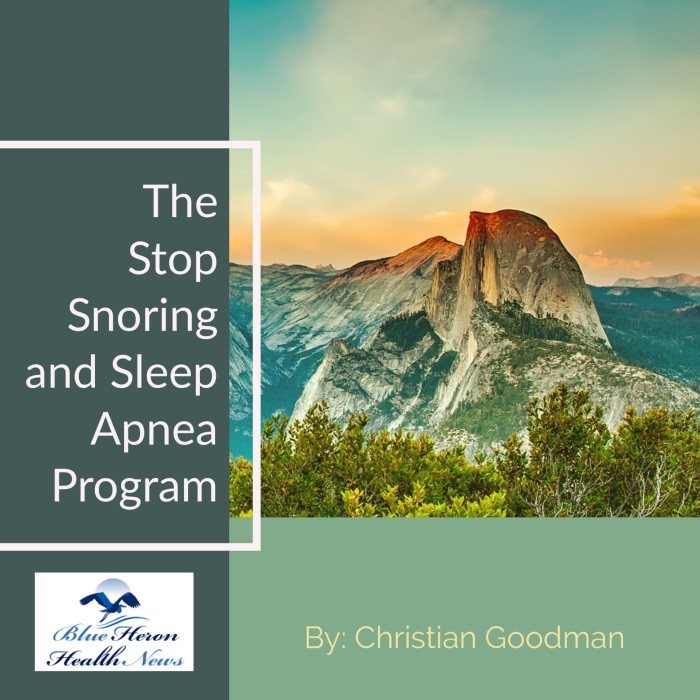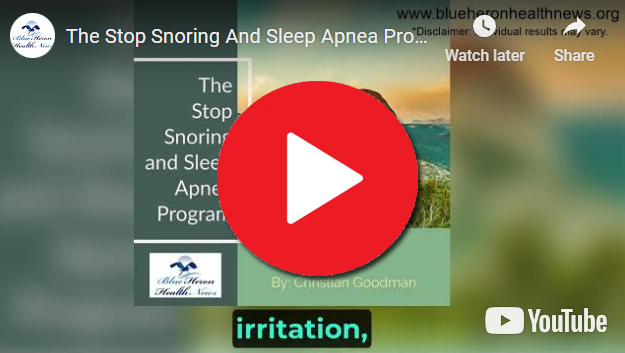
The Stop Snoring And Sleep Apnea Program™ a well-researched program created to help stop snoring and sleep apnea so that you can have a good night sleep. The techniques that you will learn from this program works immediately. It will only take you 3-7 minutes to perform these simple exercises that the author has recommended but the results that you will get will help you have a good night sleep as soon as tonight. Within a week, snoring will be a thing of the past.
How can one prepare for a sleep study?
Preparing for a sleep study (polysomnography) involves several steps to ensure the process goes smoothly and the data collected is accurate. Here’s a detailed guide on how to prepare for a sleep study:
1. Understand the Purpose and Process
a. Purpose:
- Diagnosis: A sleep study helps diagnose sleep disorders such as obstructive sleep apnea (OSA), central sleep apnea, periodic limb movement disorder, narcolepsy, and others.
- Treatment Planning: The results of the sleep study will guide your healthcare provider in developing an effective treatment plan.
b. Process:
- Overnight Monitoring: Polysomnography typically involves an overnight stay at a sleep center where various physiological parameters are monitored, including brain waves, eye movements, muscle activity, heart rate, breathing patterns, and blood oxygen levels.
- Equipment: Sensors are attached to your body to collect data. While this may feel a bit uncomfortable initially, it usually doesn’t interfere significantly with sleep.
2. Follow Pre-Study Instructions
a. Medication:
- Medication List: Provide a complete list of medications to your sleep specialist. Some medications can affect sleep and may need to be adjusted or stopped before the study.
- Doctor’s Advice: Follow your doctor’s advice regarding which medications to take or avoid before the study.
b. Caffeine and Alcohol:
- Avoid Stimulants: Refrain from consuming caffeine (coffee, tea, soda, chocolate) and alcohol on the day of the study. Both can interfere with sleep patterns and affect the results.
c. Sleep Schedule:
- Regular Sleep: Try to maintain your regular sleep schedule in the days leading up to the study. Avoid staying up late or altering your sleep routine.
3. What to Bring
a. Comfortable Clothing:
- Sleepwear: Bring comfortable sleepwear, such as pajamas or a nightgown, and a robe if you prefer.
- Slippers: Bring slippers for comfort and convenience.
b. Personal Items:
- Pillow and Blanket: You may bring your own pillow and blanket if it helps you feel more comfortable.
- Toiletries: Pack essential toiletries such as a toothbrush, toothpaste, hairbrush, and any skincare products you use before bed.
c. Entertainment:
- Books or Devices: Bring a book, magazine, or electronic device (with headphones) to help you relax before bedtime. Avoid stimulating activities that could make it harder to fall asleep.
4. Day of the Study
a. Hair and Skin:
- Clean Hair: Wash your hair but avoid using hair products like gels, sprays, or oils, as they can interfere with the sensors attached to your scalp.
- Clean Skin: Remove makeup, lotions, and oils from your face and body to ensure the sensors adhere properly.
b. Meals:
- Regular Meals: Eat your meals at your usual times. Avoid heavy or spicy foods that might cause indigestion and disrupt your sleep.
- Light Dinner: Have a light dinner a few hours before bedtime.
5. Arriving at the Sleep Center
a. Arrival Time:
- Punctuality: Arrive at the sleep center at the designated time, usually a few hours before your normal bedtime, to allow for setup and acclimatization.
b. Check-In:
- Paperwork: Complete any necessary paperwork and provide your insurance information if required.
- Orientation: The sleep technician will explain the process and answer any questions you may have.
6. During the Sleep Study
a. Sensor Attachment:
- Electrodes and Sensors: The technician will attach electrodes and sensors to your scalp, face, chest, and legs to monitor various physiological parameters. A small sensor may be placed under your nose to monitor airflow, and a band may be placed around your chest to measure breathing effort.
- Comfort: Although the sensors may feel unusual, they are designed to be as comfortable as possible and should not cause pain.
b. Sleeping Environment:
- Comfortable Setting: The sleep center aims to provide a comfortable and quiet environment conducive to sleep. The room will be dark and cool, similar to a hotel room.
- Monitoring: The sleep technician will monitor you from another room and can assist if you need to get up during the night.
c. Relax and Sleep:
- Relaxation Techniques: Use relaxation techniques such as deep breathing or visualization to help you fall asleep. Remember that it’s normal to take some time to fall asleep in a new environment.
7. Post-Study Follow-Up
a. Equipment Removal:
- Morning Routine: The sensors and electrodes will be removed in the morning. You may be asked to complete a brief questionnaire about your sleep experience.
- Return Home: You can usually go home shortly after waking up and resume your normal activities.
b. Results and Consultation:
- Data Analysis: The sleep study data will be analyzed by a sleep specialist.
- Follow-Up Appointment: Schedule a follow-up appointment to discuss the results and develop a treatment plan if necessary.
Summary
Preparing for a sleep study involves understanding the process, following pre-study instructions, bringing necessary items, and ensuring a comfortable experience at the sleep center. By adhering to these guidelines, you can help ensure that the sleep study provides accurate and useful information for diagnosing and treating sleep disorders such as sleep apnea. Regular follow-up with your sleep specialist will help you manage your condition effectively based on the study results.

The Stop Snoring And Sleep Apnea Program™ a well-researched program created to help stop snoring and sleep apnea so that you can have a good night sleep. The techniques that you will learn from this program works immediately. It will only take you 3-7 minutes to perform these simple exercises that the author has recommended but the results that you will get will help you have a good night sleep as soon as tonight. Within a week, snoring will be a thing of the past.